hyperMILL 2019.1 stands for even more performance and better milling results!
A highlight is the ‘5-Axis Prismatic Fillet Finishing’, an innovative method to make finishing with barrel cutters efficient. These additions complement the hyperMILL® MAXX Machining performance package. Furthermore, the ‘Surface precision mode’ means better surfaces can be achieved in ‘3D Profile Finishing’ than ever before.
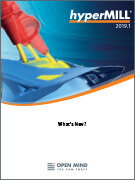
![]() Download a hyperMILL Version 2019.1 brochure4.00 MB
Download a hyperMILL Version 2019.1 brochure4.00 MB
What's new in hyperMill 2019.1?
Changing the job ID
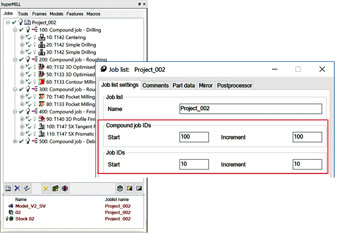
An improvement in job management now means a job ID can be changed without having to subsequently recalculate the machining job in question. The consecutive numbering of the compound and machining jobs is controlled via a start value and an increment value.
Benefit: Transparent structuring, reduced calculation times.
Thread Milling
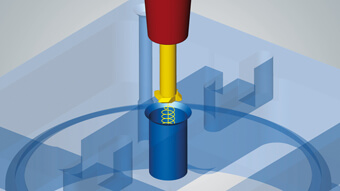
The new strategy for Thread Milling makes programming simpler thanks to a range of improvements:
- New user-friendly interface
- Improved roughing mode with different roughing options
- Edge control
- Simple control of left- and right-hand threads
- Automatic approach and retract macros
Benefit: Simpler programming.
5-axis Prismatic Fillet Finishing
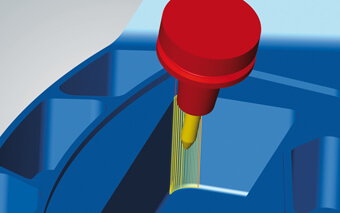
The new strategy enables barrel cutters to be used highly efficiently in the finishing of prismatic fillets. An extremely high feedrate is achieved with plunging and pulling motions. The conical barrel cutter is used according to the principle of high feedrate cutters in this strategy. The calculation of the tilt and the contact point of the barrel cutter are fully automated. This allows, for example, high-quality transitions between different wall areas to be formed. Ball and bullnose end mills can also be used efficiently with this strategy.
Benefit: Easy to use, faster machining.
3D Profile Finishing
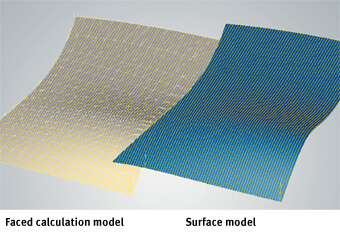
The ‘Surface precision mode’ option is available to further improve surface quality during Profile Finishing. Toolpaths are calculated using actual component surfaces and not a faceted calculation model. This allows ultra-smooth surfaces to be produced.
Benefit: Improved surface quality, less rework machining.
